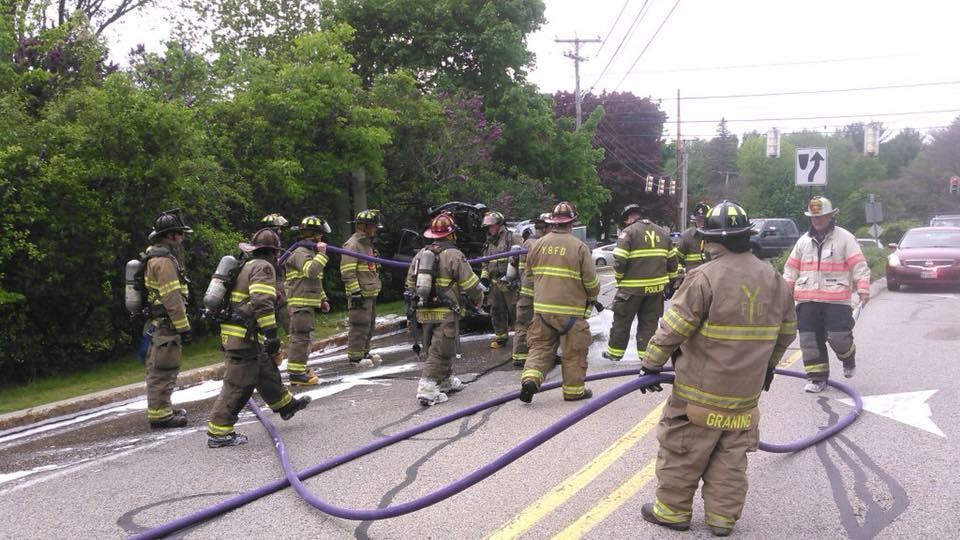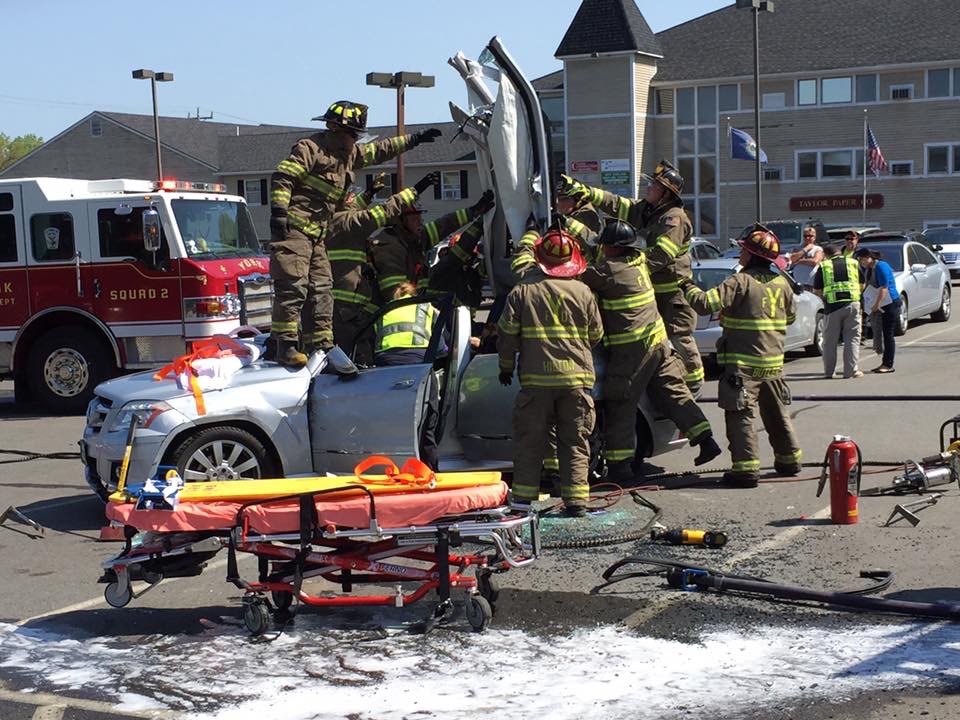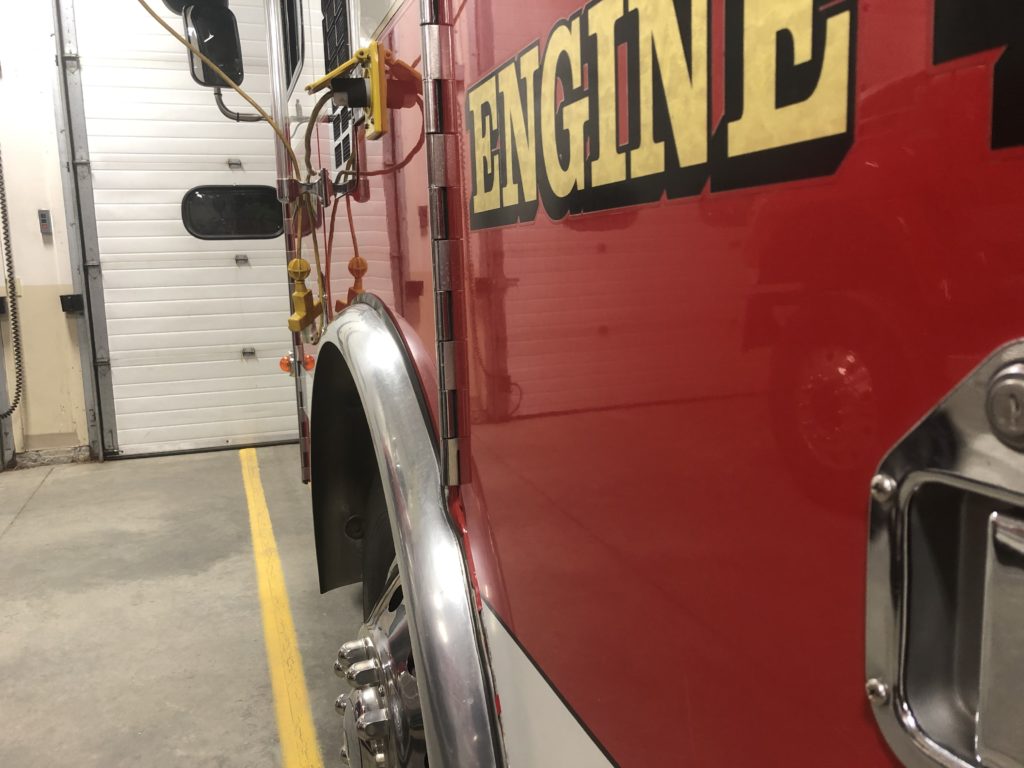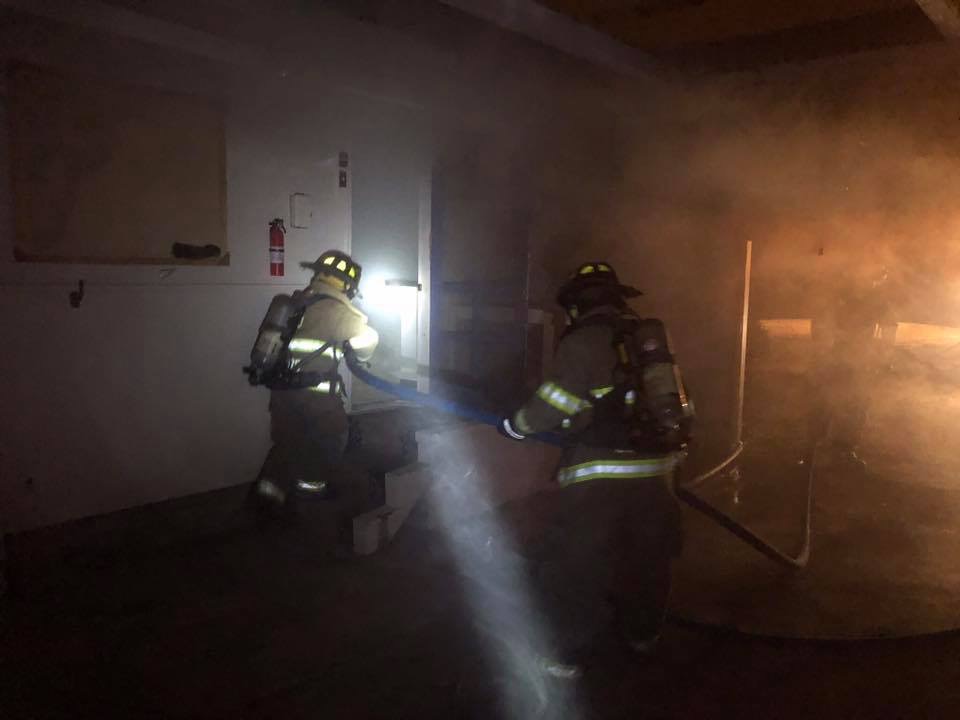Short on attendance? Why?

We are facing a real challenge in the volunteer and call fire service. Retention and attendance seems to be at the top of all of the challenges we are facing. Many thoughts and theories have been thrown around about why we are faced with such problems. Here at Brotherhood Academy Radio, our job is to develop solutions based on our experience and the experience of our followers and the guests on our podcasts. If you have not subscribed to the podcast, please do so. We can be found on iTunes and Spotify, simply search for Brotherhood Academy Radio.
So, what are the solutions for our retention and attendance problems? It’s easy to throw out incentives such as stipends, call-pay, parking passes or even tax incentives. All these sound great, but I feel these incentives are better used in your recruitment tactics. Remember, incentives like those are only a temporary fix. Once your members start receiving them, it eventually becomes expected. So, where else can we look to keep people showing up.
Back to the basics.
I often think about new ideas and what could be the missing piece to this puzzle and I always find myself rounding back to one thing. When we respond to a complex incident and we find ourselves short on the necessary equipment or qualified people to mitigate the situation, take a Haz-Mat incident for example. If we need to start handling a Haz-Mat incident and we do not have any Haz-Mat Technicians on the scene, our first course of action should be going back to the basics. Identify the hazard, consult the Emergency Response Guide and take action based on that. Of course after that, call appropriate help.
It’s time we start going back to the basics to solve our retention and attendance problems. Over the past few decades we have complicated the fire service quite a bit. Although a lot of it is necessary when it comes to handling new hazards we are faced with these days. But, must we complicate how we manage our personnel? It seems as though we have become SOG and SOP driven and created an unbelievable amount of rules that cannot be slightly bent.
Get back to the basics, and bend the rules a little…with common sense.

What do our members want to do? They want to respond to incidents, use their training, be free to make a few decisions, do their job and then feel appreciated when they are finished. Are we allowing this to happen? Or, are we smothering them with SOPs and strict regulations that tie their hands behind their backs? Are we too afraid to let go of the control and loosen the reigns?
I have heard of situations where department leaders are putting the hammer down on their members with mandatory requirements. Chiefs are putting stipulations to their mutual aid departments for who responds and how. Members are being grounded from responding to calls for not attending one or two required annual trainings.
I am not advocating breaking rules, going rogue and freelancing our way around our fire departments. Those kind of actions can get someone hurt or killed. After all, safety is a top priority and safety procedures should be followed. I am saying we need some balance in how we are enforcing our policies and guidelines.
I will put this in simple terms, we either want the help or we don’t.
We could settle with one Engine, 500 gallons of water and 4 members at a large outside fire because we are determined to stick with our policies with no compromise. Or, we could loosen things a little bit and double or triple those response numbers.

When we are hurting for membership turnout, we must ask ourselves what it is worth. Do we want the help or not? I can tell you from my experience, I would rather have a more than one piece of apparatus and a large group of members on scene any time over being with limited resources.
Release the control on your members.
Let me create a fictitious Firefighter who dedicates a bunch of time to an organization. He has a handful of certifications, he is a hell of a driver/operator, he started out at a young age and has put his time in. Let’s call him Firefighter Olsen, which is a name I came up with totally out of the blue. Firefighter Olsen just landed a new job working for the next town over. It came with good pay, great benefits for him and his young family and a retirement package. Firefighter Olsen learned that his employer will allow him to answer calls for the town he works in, so he joins that call fire department. After all, he has a wealth of experience to offer.

You are his chief on his home town call fire department. Your SOPs strictly prohibit your members from being a member of another call fire department. Lately your fire department has been struggling for help. During the day you only get three or four members to respond to calls. Firefighter Olsen was a valuable player on your team. He assured a truck would get out on the road for 90% of the calls. But, your policy strictly says he is breaking the rules. What do you do?
You could simply tell him he must choose one department over the other and leave it at that. And, when he chooses the other department over yours, you can relieve him of his duties and request his gear to be turned in. Or, you could bend the rules a little bit, recognize his value and keep that member in your ranks. The choice is yours as the Chief. Are your SOPs worth losing Firefighter Olsen and putting your town and your members at greater risk because you are now down one more firefighter?
A good leader would go with the 2nd option and then alter his SOPs to allow for members to serve on more than one fire department. Furthermore, a good leader would appreciate the dedication Firefighter Olsen has for his community and the neighboring community in which he works.
Calling for mutual aid means you need assistance.

You are the Chief of the Harbor Fort Township Fire Department (I made that township up). You are hurting for members, especially during the day. You have three fire stations and a strict no POV policy, meaning you do not want any personally owned vehicles on the scene of your incidents. Your members are required to respond to their respective station and get on a fire apparatus. This policy is set up so you can maintain crew integrity, which is a solid and responsible reason for the policy.
It is 2:00 pm on a Wednesday and you are dispatched for a structure fire. You arrive on scene and take command. You see smoke and fire showing and request a 1st Alarm. You realize that you may not have many members show up because of the time of day and see the fire has potential of intensifying. You request a 2nd Alarm.
The town just south of you is covered by the Viking Warrior Volunteer Hose Co. The VWVHC has a large membership of dedicated, aggressive personnel from all walks of life. You can almost be assured they will arrive at your fire with at least 5 members as well as a Chief Officer. The VWVHC does not have a POV policy because they run out of one fire station and cover a large area. Their members live scattered around their town and carry their turnout gear with them. They do have a strict crew integrity guideline that requires them to create a crew once enough members show up. Several of their Fire Officers live on the outskirts of the town, close to the Harbor Fort Township town line. They got the tone to respond to your 2nd Alarm fire and respond directly in their POVs to wait for their Engine Company to arrive.
What is your course of action? After the fire you could write a memo to the VWVHC Chief and all other mutual aid chiefs restricting any POVs at your calls. This will assure you can maintain your control of crew integrity at your incidents. Doing this though may send a bad message to your mutual aid departments who supply you with much needed manpower, especially during the daytime.
Trust your teammate’s common sense.

Whether it is your own members or your mutual aid agencies, it is critical to put more trust into them. Trust that they will make the right decision to get the job done. Balance how you manage any members responding to an incident when membership is hard to come by. By putting trust into others, you are empowering them to do the job they so passionately love to do.
If you happen to see members are not acting with common sense and parking their POVs in the way, or freelancing before their apparatus arrives, that is when you address the issue and work out a solution. But the solution should always have membership attendance in mind.
Lead your Department.
If your Fire Department is hurting for help, take a step back and look at what may be causing it. Go back to the basics. Are you being too strict as a Chief? Can you find room to bend and alter your policies in the spirit of maintaining good attendance at calls?
Ultimately whatever happens in your agency, good or bad, is your responsibility as Chief. It is time to stand up and lead your organization. If a member is behind on required training, it is your responsibility to address it to the member and find out why he is behind. Allow the member to continue responding to calls if he completes the required training in a specified time frame.
To lead isn’t to be in control and dictate policy. To lead is to empower your members, trust their decisions, give them some slack to do their jobs and to make them want to come back again.